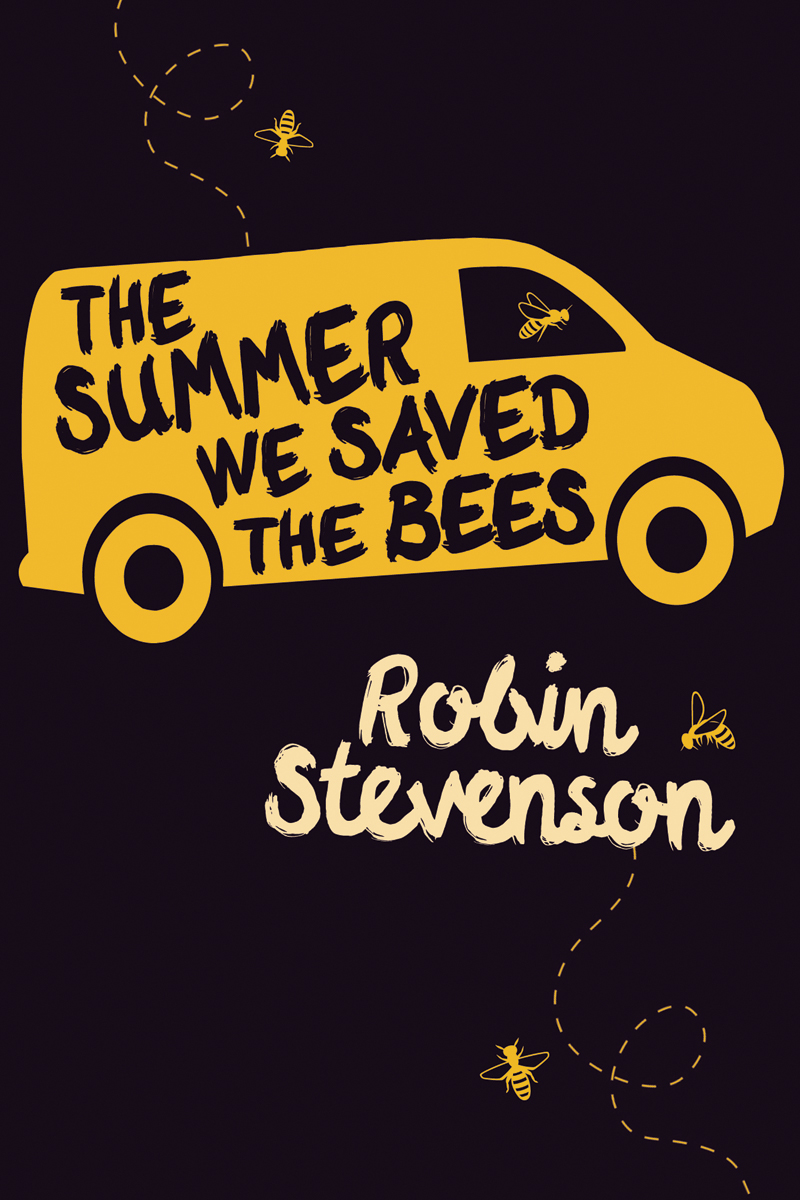| ________________
CM . . .
. Volume XXII Number 2. . . .September 11, 2015
excerpt:
Wolf’s blended family has always been environmentally conscious and eager to take up a cause that will lead to the preservation of the planet. The family, consisting of Wolf’s mother, Jade, his stepfather, Curtis, his older half-sister, Violet, and his younger twin half-sisters, Saffron and Juniper (nicknamed Whisper), are activists that live off the grid with composting toilets, solar panel electricity, and a new Ford van that runs on used cooking oil. Their latest earth-saving adventure is targeted at increasing awareness of honeybee endangerment and the long-term impact on the planet’s food supply if the bees reach extinction. Wolf, 12, initiated the family’s interest in the problems associated with colony collapse disorder when he completed a school class project on bees. His mother Jade became so passionate about the issue that she created a travelling show for the entire family, one complete with costumes. Leaving school, friends, and the comforts of home behind them, the reluctant children begin a cross-Canada adventure in their ill-fated van. Despite its important themes, The Summer We Saved the Bees is a character-driven novel. Wolf tells his story through a first-person narrative. He struggles with worry. He is concerned about missing school and falling behind; he is fearful of his sister Whisper’s reluctance to talk; and he dreads dressing up in the poorly-fitted honeybee costume and talking to strangers. He never questions his mother’s love for her family, but he does wonder if the fatalistic approach she has taken to deliver the message of the bees is appropriate for his youngest sisters and might compromise his family’s stability. Uncertainty takes its toll on the twins, Whisper and Saffron. However, as five-years-old with a lighter load of responsibility, they appear more able to live in the moment than their older brother. Whisper and Saffron are well-written, delightful characters with true-to-life natures and endearing attributes. Saffron is outgoing and ready for adventure but gets bored easily and needs the distraction of a game or story. Whisper, like her older brother, suffers from anxiety, and the family’s crusade, combined with the uncertainly of their surroundings, presses Whisper into complete silence. Wolf implores his mother to get medical help for Whisper. But it is moody, selfish 15-year-old Violet that eventually takes matters into her own hands and comes up with a risky plan to bring all the children to safety. Extreme environmentalism is also a theme of this novel. Jade and Curtis are passionate about saving the planet and enlist the entire family on their crusade. Wolf is torn because he believes in the cause, but he is very uncomfortable in the bee costume, handing out flyers and living in a van. Concerns are raised about the family’s lifestyle as they begin their travelling show, especially the lack of playtime and stability. Adults they encounter along their travels express concern that the family needs to let their children behave more like children. The author employs a number of conventions to cast doubt on the family’s lifestyle choices, and these occasionally feel contrived. The old friend whot insinuates that Jade isn’t considering the children’s feelings; the discovery of Curtis’ candy bar stash; and the stranger that doesn’t reveal the children’s plan to run away all combine with other plot points to steer the novel in a forecasted direction. However, the nine-to-twelve-year old audience for this novel are not likely to be deterred by the calculated direction of the plot. The Summer We Saved the Bees provides teachers and librarians with an excellent vehicle to foster and develop children’s critical literacy skills. Students might be encouraged to explore the themes of this novel with a critical perspective aimed at revealing both sides of this story. There are many other issues and aspects that will make this book a popular choice for literature circles and science classes. The plight of the bees is a very real one, and children will be encouraged to learn what they can to help prevent colony collapse disorder. They will also be encouraged to discover that, while our planet struggles with many, many issues, we are a species that can usually find hope and a way forward in difficult times. Recommended. Beth Maddigan is Memorial University of Newfoundland’s Education Librarian.
To comment
on this title or this review, send mail to cm@umanitoba.ca.
Copyright © the Manitoba Library Association. Reproduction for personal
use is permitted only if this copyright notice is maintained. Any
other reproduction is prohibited without permission.
Next Review |
Table of Contents for This Issue
- September 11, 2015. |
